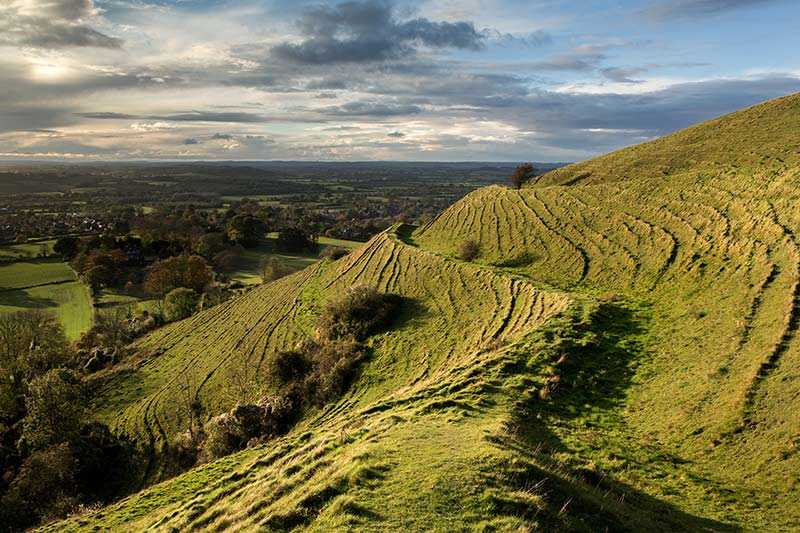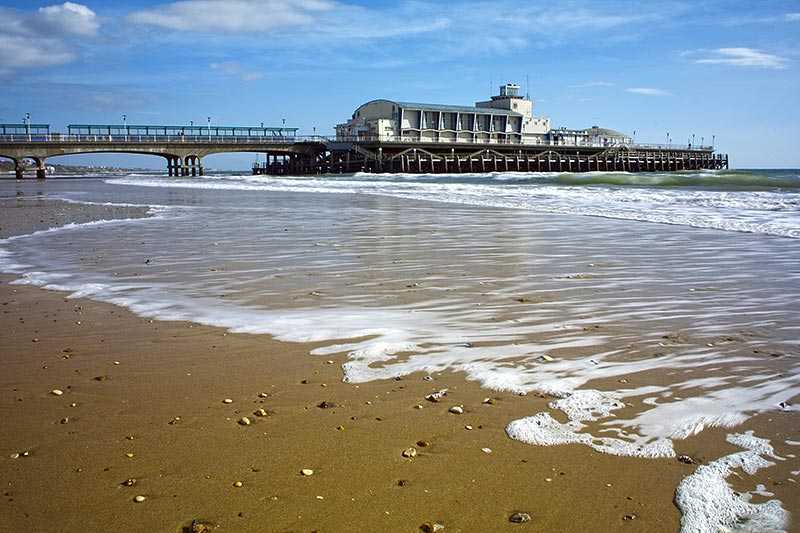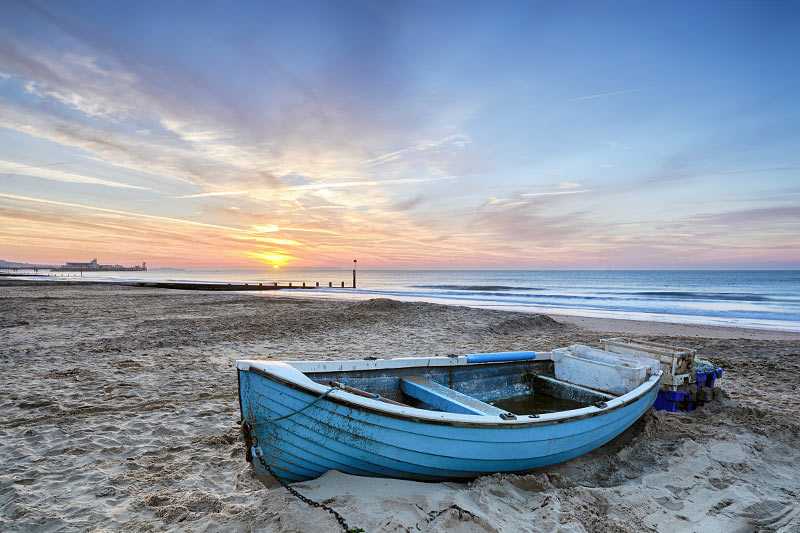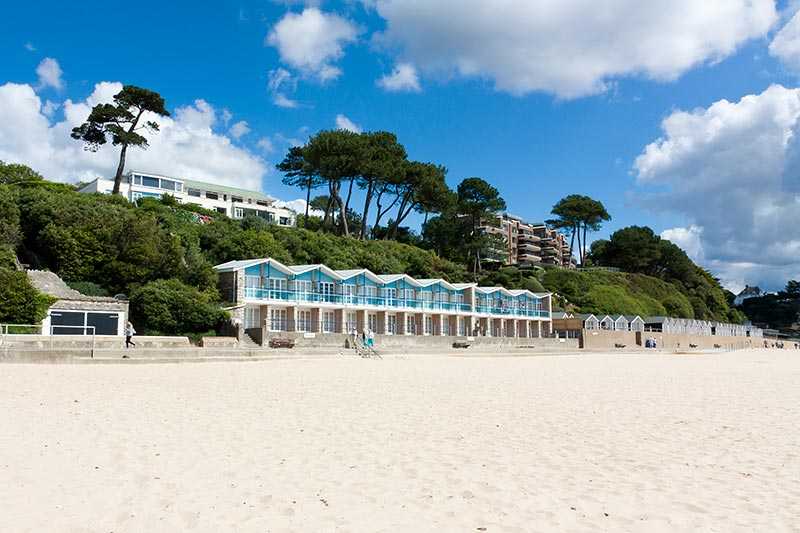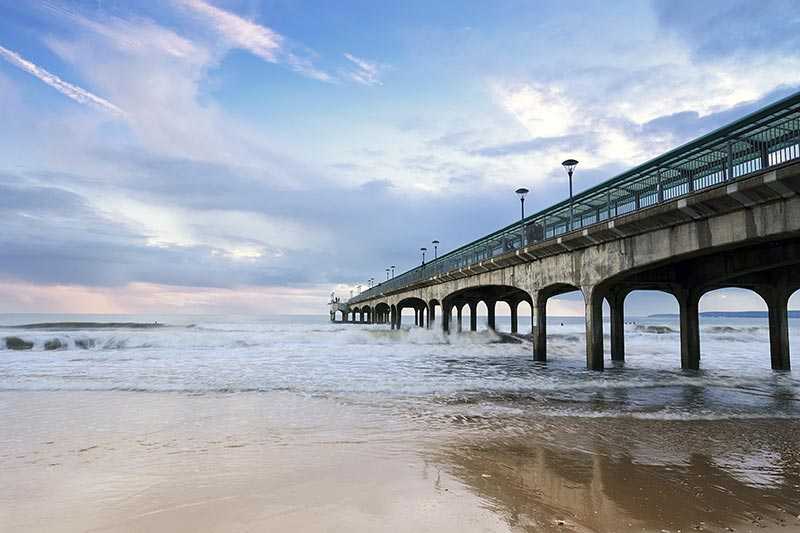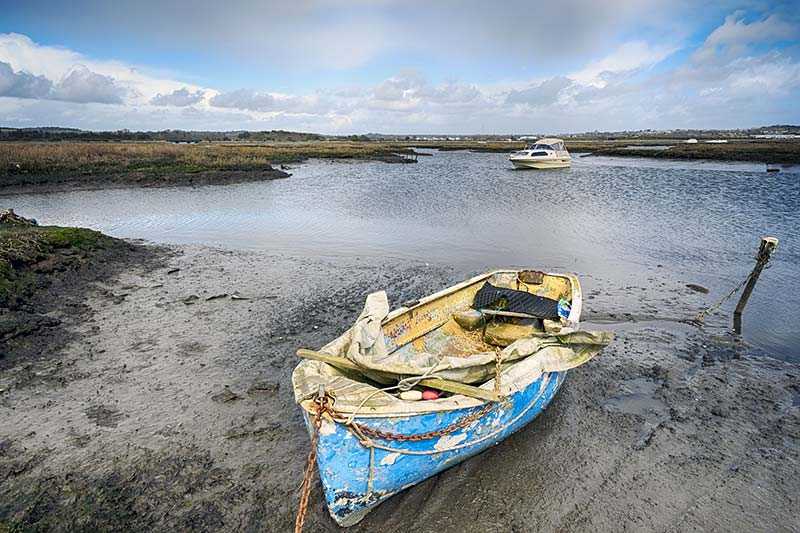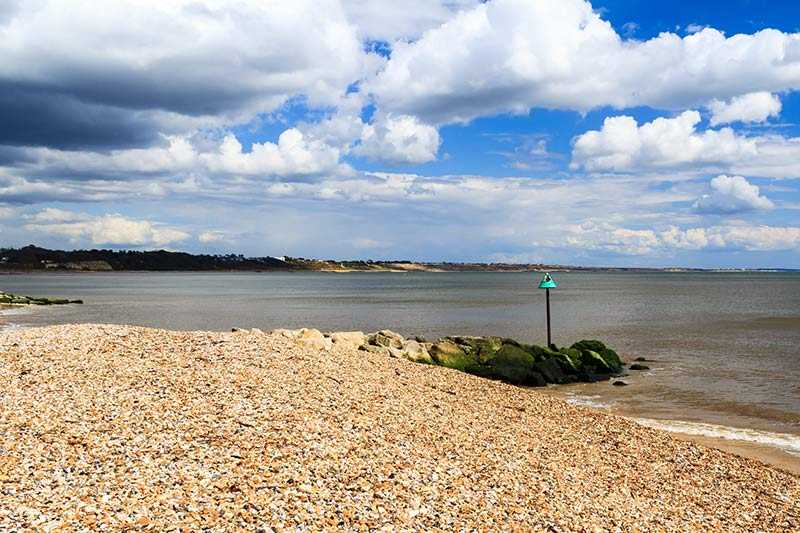Cranborne Chase and West Wiltshire Downs AONB
About Cranborne Chase and West Wiltshire Downs
The sixth largest AONB in England, the Cranborne Chase and West Wiltshire Downs covers 980 km2 (379 mi2) of land in Dorset, Hampshire, So...
About Cranborne Chase and West Wiltshire Downs
The sixth largest AONB in England, the Cranborne Chase and West Wiltshire Downs covers 980 km2 (379 mi2) of land in Dorset, Hampshire, Somerset and Wiltshire. Its diverse landscape is formed from chalk and comprises grassland; ancient woodlands including Grovely Wood and Great Ridge Wood, chalk escarpments, hillsides and river valleys....
Attractions near Cranborne Chase and West Wiltshire Downs AONB
Activities
About Cranborne Chase and West Wiltshire Downs AONB
About Cranborne Chase and West Wiltshire Downs
The sixth largest AONB in England, the Cranborne Chase and West Wiltshire Downs covers 980 km2 (379 mi2) of land in Dorset, Hampshire, Somerset and Wiltshire. Its diverse landscape is formed from chalk and comprises grassland; ancient woodlands including Grovely Wood and Great Ridge Wood, chalk escarpments, hillsides and river valleys. Just over 89% of the land is classified as farmland.
Fauna and Flora
The woodland areas are centuries old and rich in plant species, including types of orchid, hellebore and fern; as well as over 160 lichen species, thirteen of which are rare in Britain. Deer roaming Cranborne Chase are descendants of those which once populated this hunting forest. Other mammals include muntjac deer, badgers, foxes and common dormice. The woodland supports a wide diversity of birds, including the nightingale, buzzard, kestrel and all three species of British woodpecker.
Tourism
The AONB is not yet a developed tourist area. It is sparsely populated and there are no large towns within it.
Activities
With over 1,450 km (~900 mi) of footpaths, bridleways and byways, the AONB provides extensive opportunities for walking, cycling and horse riding.
For those in search of more sedate pastimes, the area's seven museums and places of historic and natural interest are testament to the rich and diverse history of the AONB.
Did you know?
Ackling Dyke, a Roman road built in AD1, crosses the region. This impressive pathway is 12 m (40 ft) wide, which would have allowed 10 legionaries to march abreast.

